Plenty of players have started receiving multiple errors and bugs in Remnant 2, from startup crashes to stutters. Some face low-level fatal errors, and some face Remnant 2 Out Of Video Memory Trying To Allocate A Rendering Resource Error on the PC while trying to launch it. Are you one of the victims to encounter such an issue? If yes, then don’t worry. You’re on the right page. As this error appears, players often become unable to run the game.
To be precise, the error message “out of video memory trying to allocate a rendering resource. Make sure your video card has the minimum required memory. Try lowering the resolution and closing other applications that are running. Exiting…” is continuously bothering a lot of players while launching Remnant 2. As you can understand, the out-of-video memory error appears whenever the video memory (VRAM) gets low or the usage becomes high unexpectedly.
Also Read
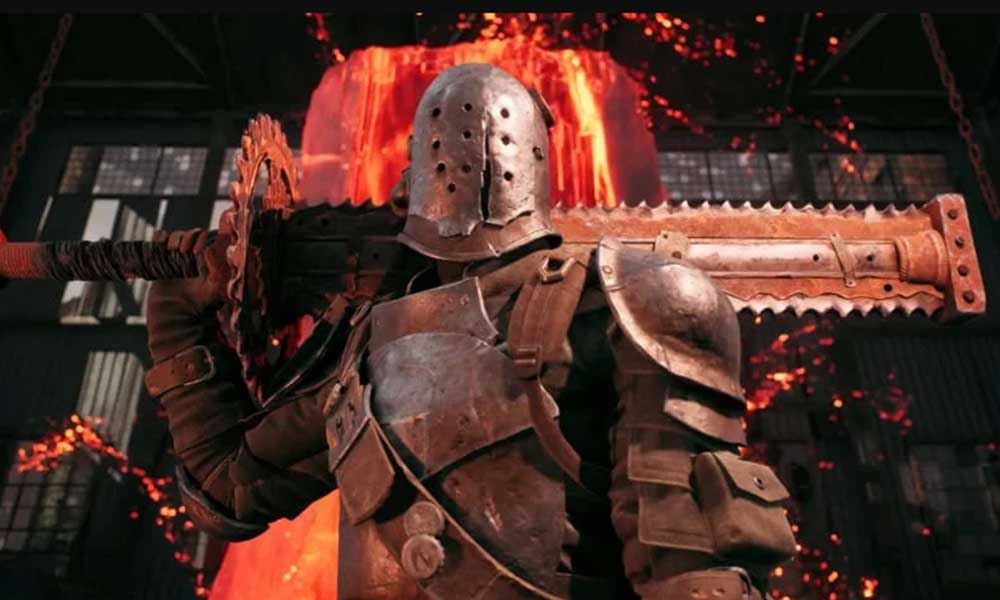
Fix: Remnant 2 Out Of Video Memory Trying To Allocate A Rendering Resource Error
Fortunately, a few troubleshooting methods mentioned below should come in handy. Make sure to follow all workarounds until the problem has been fixed. Now, without wasting any more time, let’s jump into it.
1. Restart the PC
Always restart the PC before doing other workarounds to temporarily ensure there is no system glitch or cache data issue. Sometimes, a normal reboot of the system can come in handy.
2. Close Background Tasks
Unnecessary background running tasks can mostly consume a lot of system resources like CPU or Memory usage, eventually causing system performance issues. It’s better to close all unnecessary tasks and check for the issue again.
- Press the Ctrl+Shift+Esc keys to open Task Manager.
- Now, click on the Processes tab.
- Click to select tasks that are unnecessarily running in the background.
- Then click on End Task to close processes one by one.
- Once done, restart your system.
3. Check for Remnant 2 Updates
We should also recommend you manually check for the game update at your end via the Steam client or Epic Games Launcher to ensure there is no outdated game version conflicting with the game startup. An outdated game patch version can trigger several issues that might trigger crashes or fatal errors. To do this:
For Steam:
- Open Steam and go to the Library.
- Click on Remnant 2 from the left pane.
- Steam will automatically search for the available update.
- If there is an update available, click on Update.
- Make sure to wait for some time until the update is completed.
- Once done, ensure to reboot the PC to apply changes.
For Epic Games Launcher:
- Open the Epic Games Launcher > Head over to Library.
- Now, click on the three dots icon next to Remnant 2.
- Make sure the Auto Update option is turned on.
- It should automatically install the available update.
4. Repair the Game Files
Sometimes, corrupted or missing game files installed on the PC can trigger several issues with the performance and launching errors. If the game continuously crashes, try repairing the game files on the client by following the steps below.
For Steam:
- Launch the Steam client > Click on Library.
- Right-click on Remnant 2 from the list.
- Click on Properties > Go to Local Files.
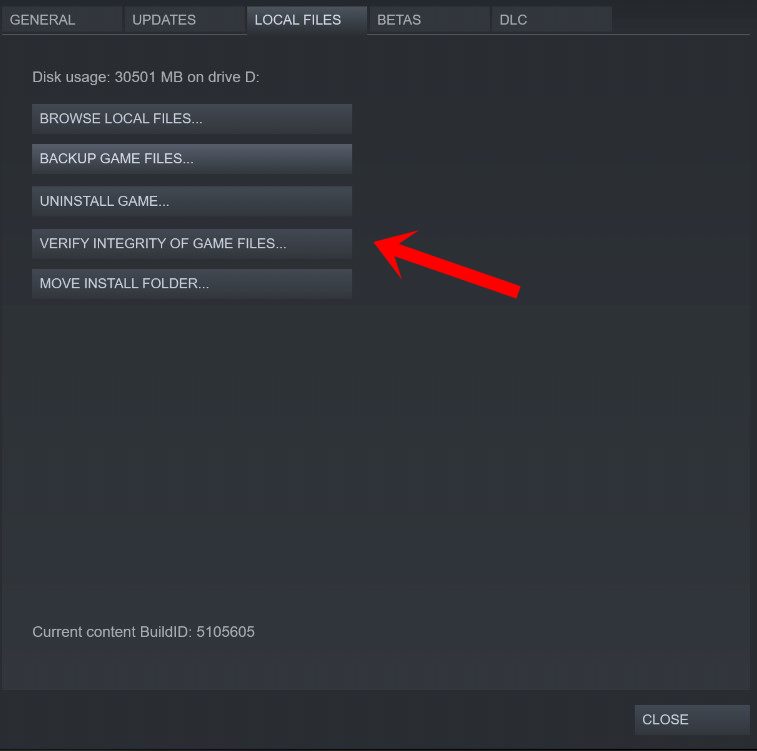
- Click on Verify Integrity of Game Files.
- This process may take some time to complete. So, have some patience.
- Once done, make sure to reboot the PC to apply changes.
For Epic Games Launcher:
- Open the Epic Games Launcher > Click on Library.
- Click on the three-dots icon next to Remnant 2.
- Click on Verify and wait for the process to complete, and restart the launcher.
5. Disable Fullscreen Optimizations
It’s better to try disabling the fullscreen optimizations on the Windows computer to ensure there is no issue with the fullscreen display feature in some scenarios. Some of the PC users did find this trick helpful. So you can try it out.
- Right-click on the Remnant 2 application on your PC.
- Select Properties > Click on the Compatibility tab.
- Click on Disable fullscreen optimizations to select it.
- Then click on Apply and select OK to save changes.
6. Update the Graphics Driver
You should try checking for the graphics driver update on your Windows PC and installing the latest version to ensure no update is pending. An outdated or missing graphics driver can trigger issues with properly functioning graphics-intensive programs. To do that:
- Right-click on the Start Menu to open up the Quick Link Menu.
- Click on Device Manager from the list.
- Double-click on Display Adapters to expand it.
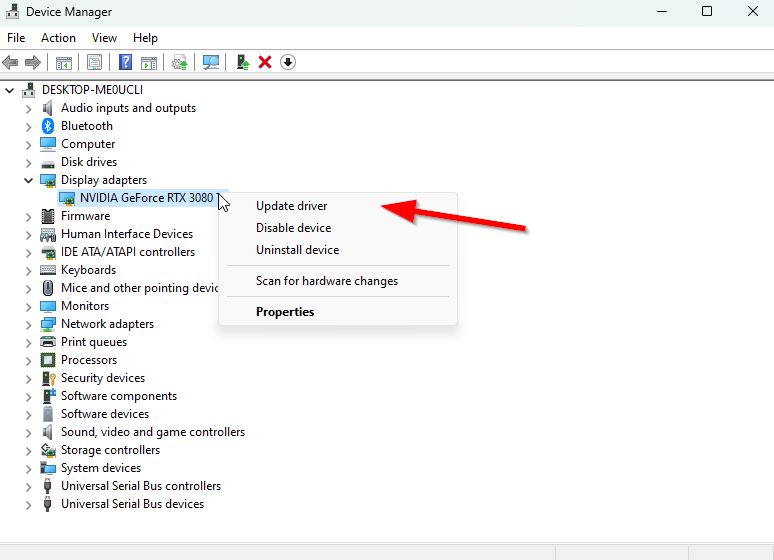
- Right-click on the dedicated graphics card name that’s active.
- Now, click on Update driver.
- Choose Search automatically for drivers.
- The system will automatically check for the available updates.
- An update will automatically download and install the latest version if available.
- Once done, you should restart your PC to apply the changes.
If you can’t find any pending updates, then just head over to the official website of the Nvidia website below and search manually for the latest update. If a new version is available for the graphics card, download the driver and install it on your PC. You can jump to the link below to do so:
7. Try Increasing Virtual Memory
The chances are high that your physical RAM capacity is getting on the verge of working limit on the system due to plenty of background and foreground tasks. It’s highly recommended to increase the virtual memory by setting up the paging file size on the PC. The paging file size should be higher than the RAM capacity for better results. You can follow the steps below to increase the virtual memory size on your PC.
Please Note: You must be logged on as an administrator or a member of the Administrators group to complete this process. The network policy settings may also cause such issues if your computer is connected to a network.
- Click on the Start menu > Click on Control Panel.
- Click on Performance and Maintenance > Go to System.
- From the Advanced tab, click on Settings under Performance.
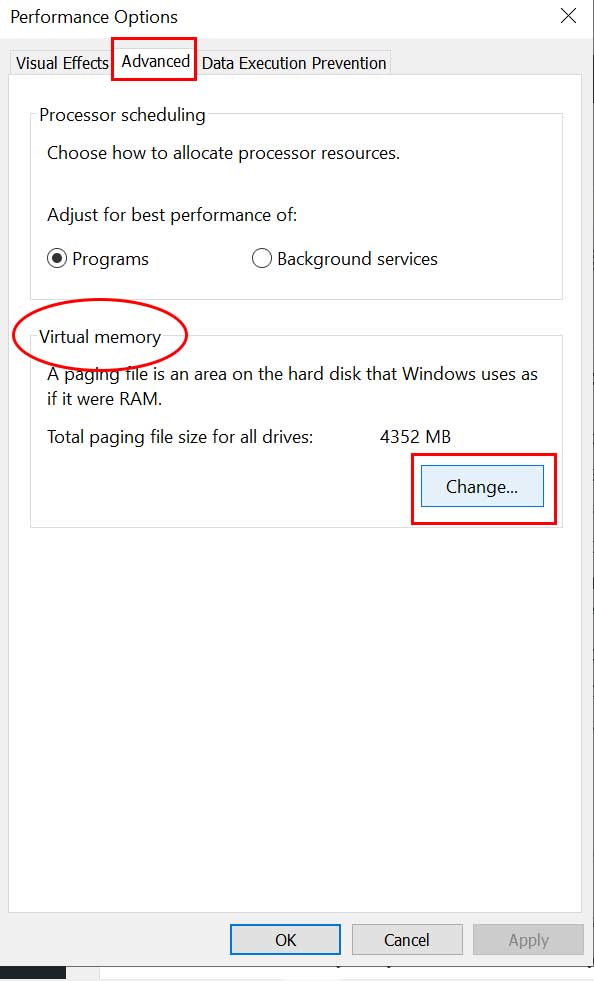
- On the Advanced tab, click on Change under Virtual Memory.
- Under Drive [Volume Label], click on the drive that contains the paging file you want to change.
- Under Paging file size for the selected drive, click on System Managed Size > Click on Set.
- If this option hasn’t been flagged previously, restart the PC after flagging it.
- If the system paging file size is used to be System Managed then under Paging file size for selected drive, click on Custom size.
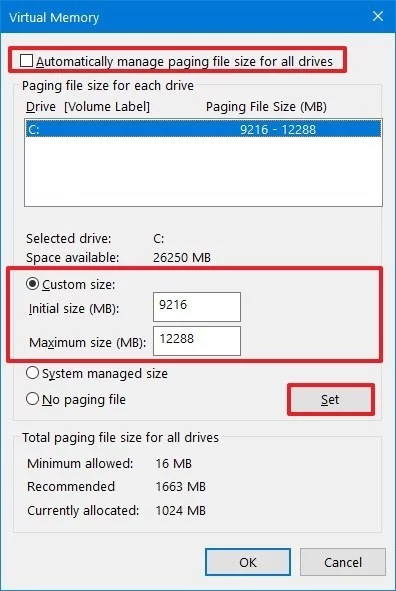
- Now, type a new paging file size in megabytes in the Initial size (MB) or Maximum size (MB) box. [It should be 1.5x-2x higher than the physical RAM]
- Click on Set and Save changes > Restart the PC to apply changes.
8. Adjust In-Game Graphics Settings
Last but not least, you should try adjusting the in-game graphics settings according to your system configuration to ensure there is no issue with the game launching or out-of-video memory error. Just head over to the in-game graphics settings menu and lower the options to medium or low to cross-check the issue.
That’s it, guys. We hope you’ve found this troubleshooting guide useful. If you’ve any queries, you can comment below.
